? Ask us your questions
Share on social networks
This is the title
TO KNOW MORE
What happens to our skin as we age?
The density of collagen and elastin in the dermis decreases; hence, the structure and elasticity of the skin degrade, causing it to become thinner and stiffer. The ageing process also results in the loss of hyaluronic acid.
This reduces the skin's moisture, suppleness and elasticity. The decreased elasticity of the skin reduces its ability to retain its shape ,and it does not conform as well to the contours of the face.
The skin appears looser and sags. Lines and furrows emerge to allow movement. Gravity then pulls on the skin, leading to sagging eyelids, bags under the eyes and jowls.
What is collagen?
Collagen is the main insoluble fibrous protein found in the extracellular matrix of the skin, along with elastin and hyaluronic acid. The collagen family consists of 28 different proteins, which account for 25-35% of the body's total protein mass and play a key role in the structure of various tissues, such as the skin, providing stiffness and integrity.
How many types of collagen are there?
Collagen fibrils are generally made up of different types of collagen: type I collagen is the most abundant in the human body, forms more than 90% of connective tissues and is the main component of human skin (80%), and type III collagen makes up the rest of the collagen in the skin (15%).
With age, the ability to replenish collagen naturally decreases by 1.5% per year. Collagen fibres in ageing skin become thicker and much shorter, resulting in a loss of type I collagen, which alters the ratio of collagen types.
What is hydrolysed collagen?
Hydrolysed collagen is a group of very low molecular weight peptides obtained by enzymatic hydrolysis, which allows better collagen bioavailability, with positive effects on the skin.
The purposes of collagen
The unique physical properties of type I collagen fibres confer structural integrity to the skin by forming a dense network throughout the dermis. The primary function of this network is to provide structural support to the epidermis. In addition, type I collagen and elastin form the extracellular matrix, which gives the skin its structure, elasticity and firmness.
- Beoy, L. et al. Effects of tocotrienol supplementation on hair growth in human volunteers. Trop Life Sci Res. 2010.
- Cádiz-Gurrea, M. et al. Cocoa and Grape Seed Byproducts as a Source of Antioxidant and Anti-Inflammatory Proanthocyanidins. Int. J. Mol. Sci. 2017
- Cosgrove, M. et al. Dietary nutrient intakes and skin-aging appearance among middle-aged American women. Am J Clin Nutr. 2007
- Kantor, I. et al. Results of a Study Evaluating the Use of a Dietary Supplement Formula in the Management of Age-Related Skin Changes in Women with Moderate to Severe Wrinkling of The Periorbital Area. The Journal of The American Nutraceutical Association, 2002
- Kawada, C. et al. Ingested hyaluronan moisturizes dry skin. Nutrition Journal, 2014.
- Nichols, J. et al. Skin photoprotection by natural polyphenols: anti-inflammatory, antioxidant and DNA repair mechanisms. Arch Dermatol Res. 2010.
- Proksch, E. et al. Oral intake of specific bioactive collagen peptides reduces skin wrinkles and increases dermal matrix synthesis. Skin Pharmacol Physiol, 2014).
- Proksch, E. et al. Oral supplementation of specific collagen peptides has beneficial effects on human skin physiology: a double-blind, placebo-controlled study. Skin Pharmacol Physiol, 2014.
- Sibilla, S. et al. An Overview of the Beneficial Effects of Hydrolysed Collagen as a Nutraceutical on Skin Properties: Scientific Background and Clinical Studies. The Open Nutraceuticals Journal, 2015.









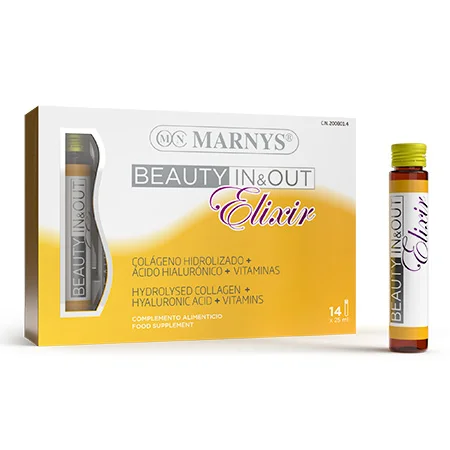
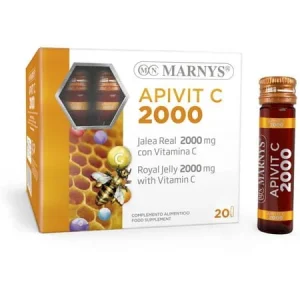
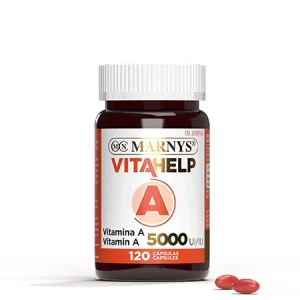
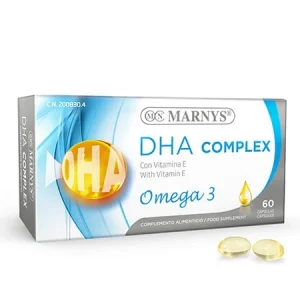
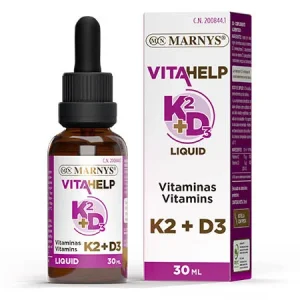

















Reviews
There are no reviews yet.